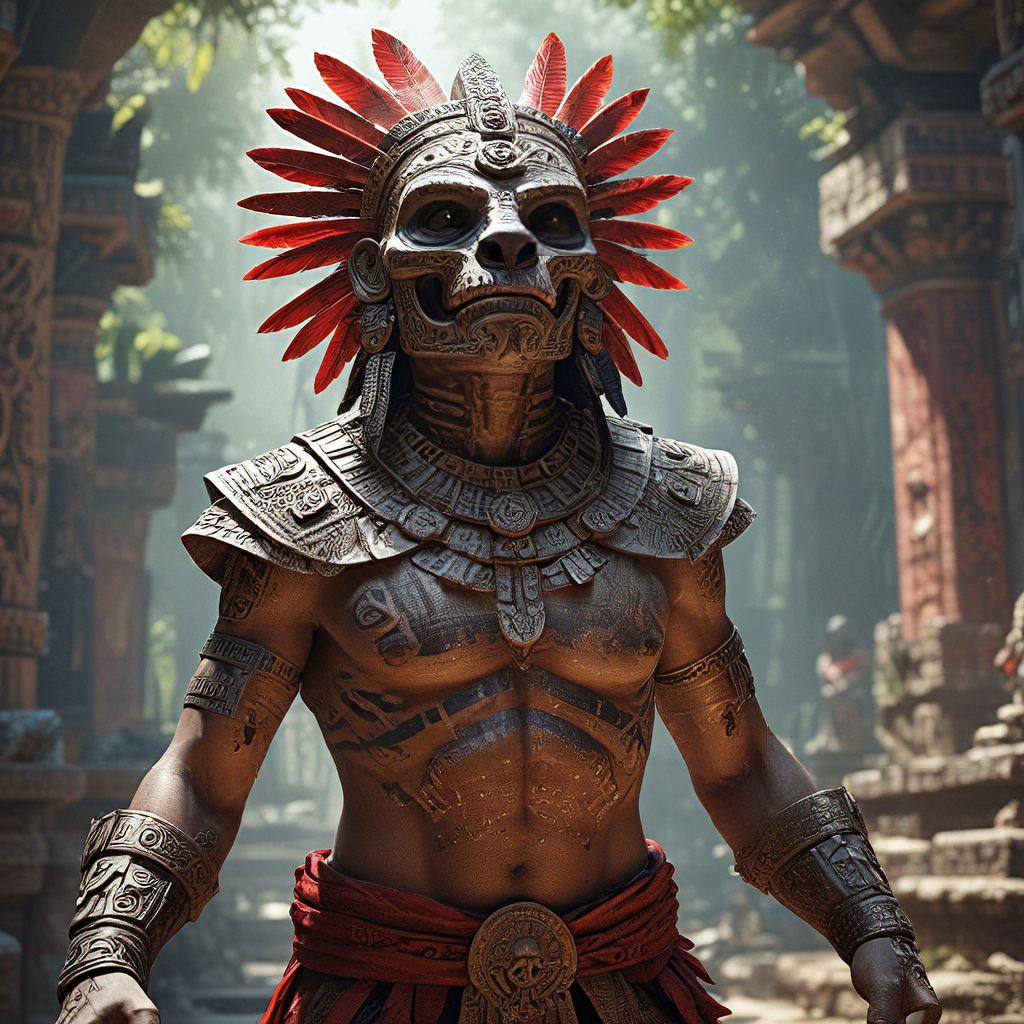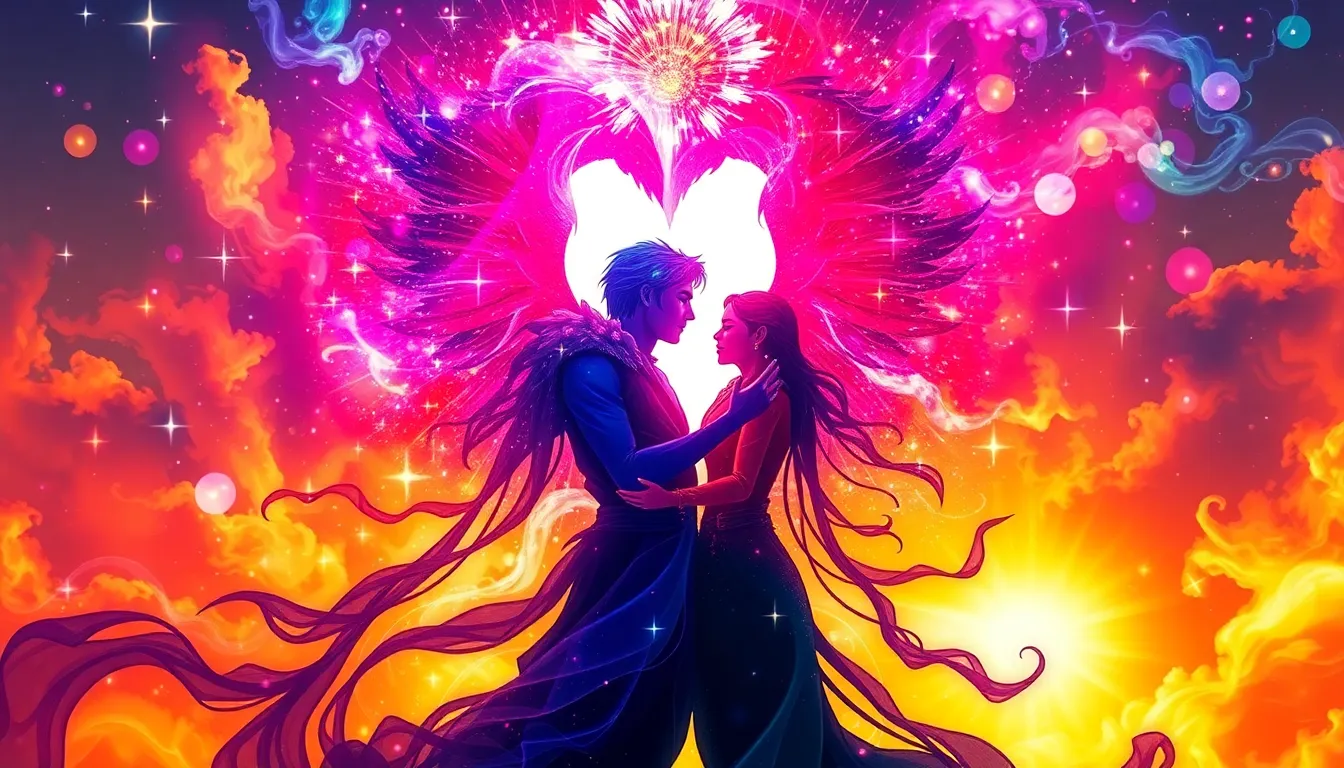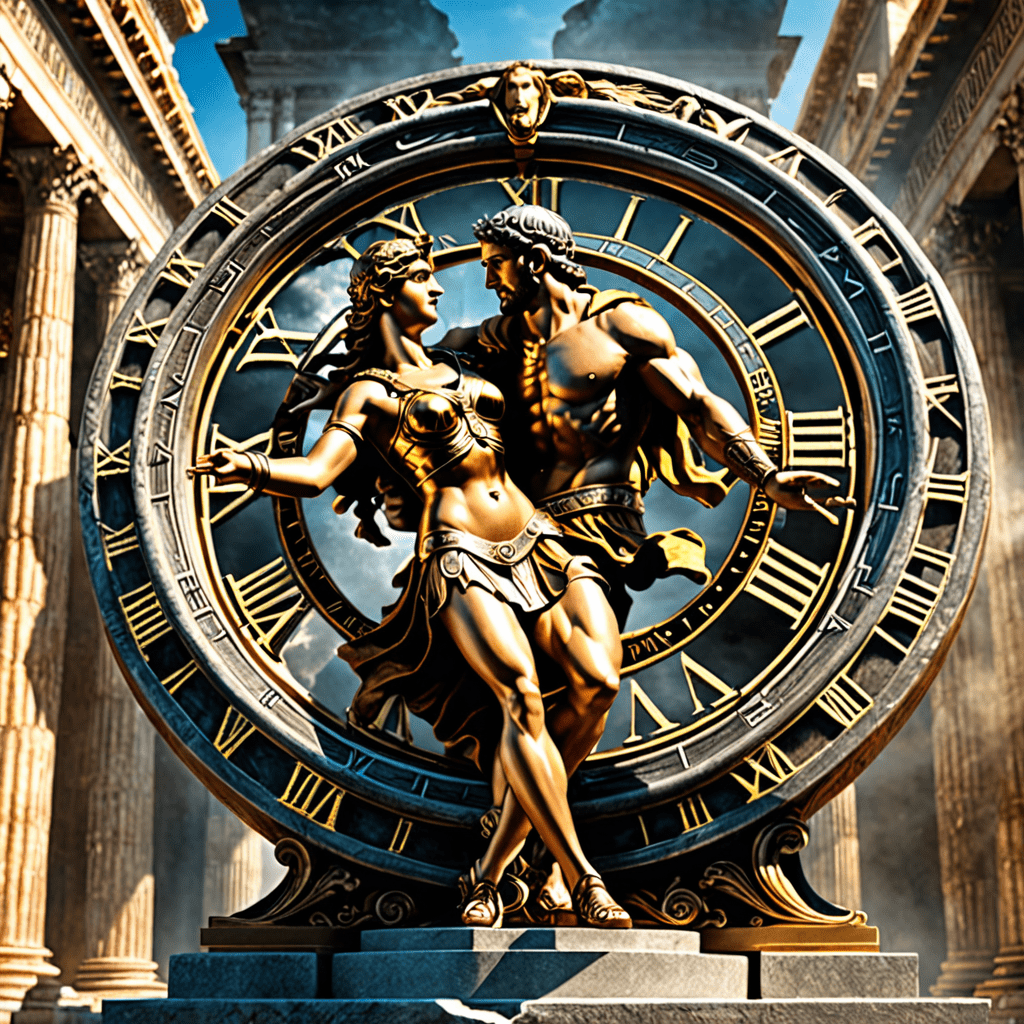Xolotl: The Aztec Underworld Guide
In the rich tapestry of Aztec mythology, Xolotl stands as a fascinating and complex deity. Known as the "dog-headed god" or the "twin of Quetzalcoatl," Xolotl plays a pivotal role in the underworld, guiding souls on their perilous journey to the afterlife. He is a figure of transformation, death, and the cyclical nature of life. Understanding Xolotl's role in Aztec belief systems provides a window into their complex cosmology and the intricate relationship they perceived between the living and the dead.
The Dog-Headed Deity: Xolotl’s Appearance and Symbolism
Xolotl is often depicted with the head of a dog, a creature associated with loyalty and guidance in many cultures. This canine feature reflects Xolotl's role as a protector and guide in the underworld. His appearance also embodies the duality of life and death, as dogs were seen as both companions and messengers between realms. The dog-head is often combined with human features, signifying Xolotl's complex nature. He is also associated with other animals such as the salamander, reflecting his connection to water and transformation. Xolotl's animalistic features are meant to evoke a sense of both fear and respect, as he navigates the shadowy realm of the dead.
Xolotl’s Role in the Underworld: Guide to Mictlan
In Aztec cosmology, the underworld, known as Mictlan, is a treacherous and multi-layered place. Souls embarking on their journey to the afterlife must navigate nine layers of challenges and trials before reaching their final destination. Xolotl's role as a guide to Mictlan is crucial. He assists the souls in their journey, helping them overcome obstacles and navigate the intricate pathways of the underworld. Xolotl is depicted as a guardian, providing comfort and assistance to those who have passed away. His presence offers reassurance to those who fear the unknown and the journey into the afterlife.
Xolotl and the Creation Myth: The Twin of Quetzalcoatl
Xolotl’s origins are intricately intertwined with the Aztec creation myth. He is the twin brother of Quetzalcoatl, the god of wind, knowledge, and creation. The story of the twins' creation tells of their roles in the cosmos, with Xolotl representing the shadowy and chaotic elements in the universe. As the twin of Quetzalcoatl, Xolotl shares his brother's desire to bring light and order to the world. However, his connection to the underworld and death makes him a complex and often misunderstood figure.
Xolotl’s Sacrifice: The Myth of the Sun and Moon
One of the most prominent stories involving Xolotl is the myth of the sun and moon. The story explains the creation of the celestial bodies and highlights Xolotl's tragic fate. To create the sun, the gods needed a sacrifice. Xolotl, being the twin of Quetzalcoatl, was chosen for this crucial role. He refused, fearing death, and attempted to escape by transforming into various animals, but the gods were unrelenting. In the end, Xolotl was sacrificed, and his sacrifice brought forth the sun. This event cemented Xolotl's connection to death and sacrifice, making him a tragic figure in Aztec mythology.
Xolotl’s Connection to Death and Transformation
Xolotl's role as a guide in the underworld highlights his connection to death and transformation. His presence in Mictlan offers a sense of hope and reassurance to those who have passed away. He guides them through the trials and tribulations of the afterlife, demonstrating his compassionate and protective nature. Xolotl's association with death also relates to his role in the creation myth. He represents the shadowy and chaotic aspects of the universe, and his sacrifice was essential for the creation of the sun. His dual nature as both a bringer of light and darkness underscores his complex role in the Aztec belief system.
Xolotl’s transformation abilities are another significant element of his character. In the myth of the sun and moon, he attempts to escape his fate by morphing into various animals, demonstrating his connection to the natural world and its ability to change and adapt. This connection to transformation reflects the cyclical nature of life and death. Xolotl's ability to change highlights the interconnectedness of life, death, and the afterlife in Aztec belief systems.
Xolotl’s Representation in Aztec Art and Culture
Xolotl's presence in Aztec art and culture is evident in various forms. He is often depicted in sculptures, pottery, and codices, showcasing his importance in Aztec mythology. His unique dog-headed appearance, combined with human features, makes him easily recognizable. These artistic representations provide insights into his character and role in the Aztec world.
Xolotl’s presence in Aztec art is also linked to his connection to the natural world. He is associated with water, and some depictions show him with aquatic features, such as gills or fins. This connection reflects his role as a guide in the underworld, highlighting the watery nature of the afterlife. His images also appear alongside other animals, reinforcing his connection to the natural world and its transformations.
Xolotl in Modern Interpretations: Contemporary Art and Literature
Xolotl's fascinating character has inspired contemporary artists and writers. His mythology continues to influence contemporary art, literature, and even music, showcasing his enduring relevance in the modern world. Modern artists reimagine Xolotl's story and his connection to death, transformation, and the afterlife in unique and thought-provoking ways.
Xolotl's story has also been incorporated into contemporary literature. Authors often use his mythology to explore themes of death, duality, and the human experience. The themes of transformation and the cyclical nature of life, often associated with Xolotl, have made him a popular figure in modern works. His unique appearance adds a sense of the mysterious and uncanny, making him a captivating character in contemporary storytelling.
Theories about Xolotl’s Origins: Indigenous Influences and Mesoamerican Mythology
Xolotl's origins are steeped in the rich history of Mesoamerican mythology. Scholars have identified connections between Xolotl and deities from other indigenous cultures, suggesting a shared belief system that predates the Aztec civilization. The dog-headed feature, a recurring motif in Mesoamerican mythology, suggests a common influence. This influence is further evident in other shared features, such as Xolotl’s connection to death, transformation, and the underworld.
Theories about Xolotl’s origins also highlight the influence of other Mesoamerican civilizations. Some scholars believe that Xolotl's character evolved from the worship of the dog deity in Olmec and Teotihuacan cultures. These early civilizations had a rich mythology centered around dogs, and their influence spread throughout Mesoamerica, including Aztec culture.
Xolotl’s Relevance: Understanding Aztec Cosmology and Belief Systems
Xolotl's story offers valuable insights into Aztec cosmology and belief systems. He represents the complex relationship between life and death, the duality of nature, and the cyclical nature of existence. His story highlights the Aztec belief in the importance of ceremonies, rituals, and offerings for the deceased. His role as a guide in the underworld illustrates the Aztec concern for the afterlife and the journey souls must undertake to reach their final resting place.
The study of Xolotl’s mythology allows us to understand the Aztec view of the cosmos. He represents the shadowy and chaotic forces that exist alongside the forces of light and order. Xolotl’s presence in Aztec mythology is essential for understanding their complex view of the world and their belief in the interconnectedness of everything.
FAQ
What does Xolotl symbolize?
Xolotl symbolizes death, transformation, guidance, and the cyclical nature of life. He is also associated with duality, representing both light and darkness.
What is Xolotl's role in the Aztec underworld?
Xolotl is a guide in Mictlan, the Aztec underworld, helping souls navigate the nine layers of challenges and trials. He provides assistance, protection, and comfort to those who have passed away.
How is Xolotl depicted in Aztec art and culture?
Xolotl is often depicted with the head of a dog, a feature that reflects his connection to loyalty and guidance. His appearance also embodies the duality of life and death. He is frequently portrayed in sculptures, pottery, and codices.
What is Xolotl's connection to Quetzalcoatl?
Xolotl is the twin brother of Quetzalcoatl, the god of wind, knowledge, and creation. They share a common origin story and represent contrasting forces in the universe – Xolotl representing the shadowy and chaotic elements.
Why is Xolotl’s story important to understand Aztec cosmology?
Xolotl's story helps us understand Aztec beliefs about life, death, and the afterlife. He represents the importance of ceremonies and offerings for the deceased, and his role as a guide in the underworld reflects their intricate belief system about the journey to the afterlife.


